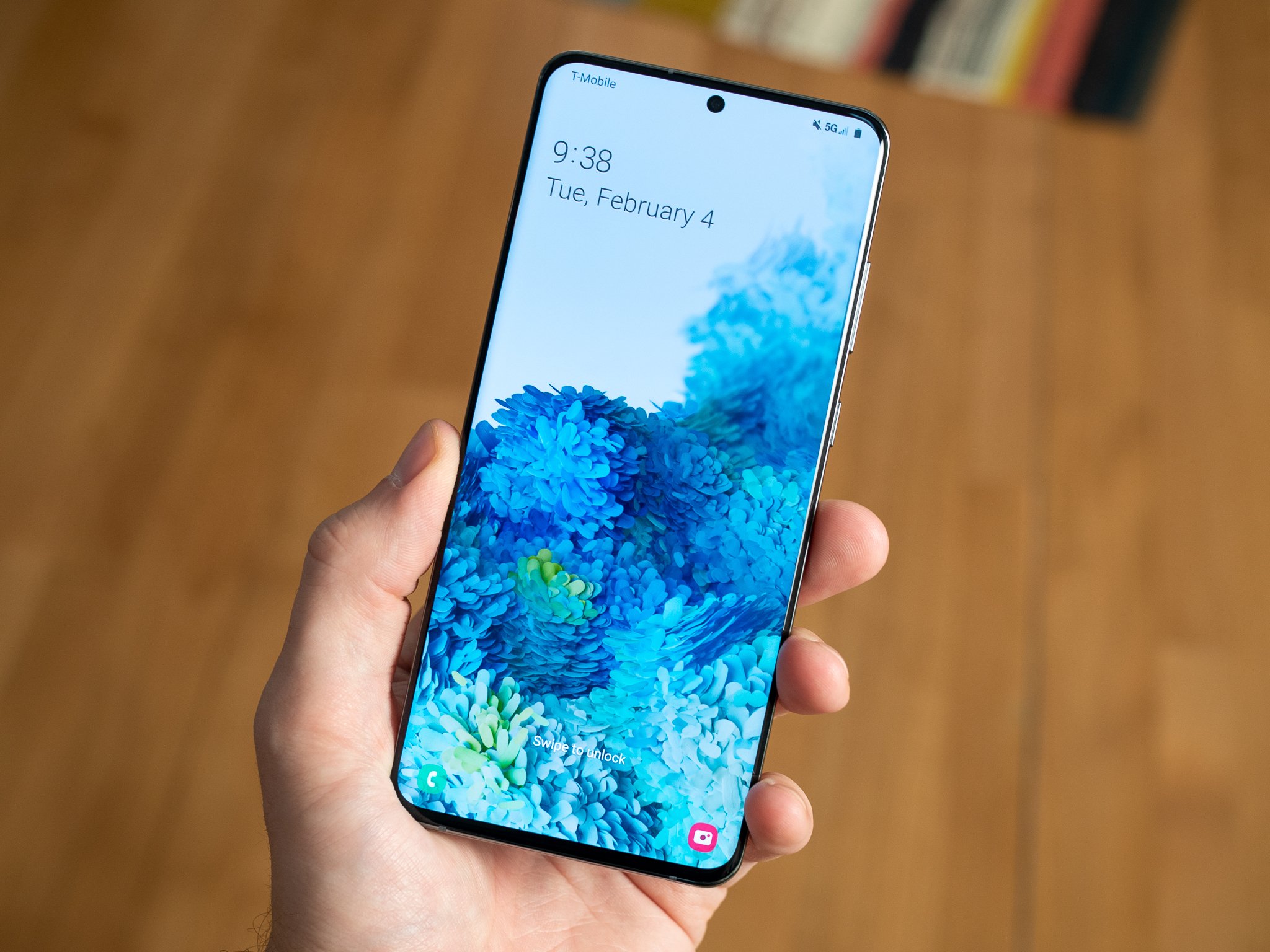T-Mobile's 5G network just got way faster in NYC and will soon come to the rest of the US

What you need to know
- T-Mobile customers with a Galaxy S20+ and S20 Ultra are getting better speeds in New York.
- The goal is to deliver high speeds in dense areas and maintain coverage in suburban areas.
- The "layer cake" includes T-Mobile's low-band and mmWave 5G surrounding Sprint's mid-band.
T-Mobile's President of Technology, Neville Ray annoucned on Twitter that on May, 5 2020, T-Mobile enabled access to its full, three-layer 5G network in New York. This network leverages T-Mobile's existing 5G networks built on 600MHz low-band spectrum and its high-band 5G network called mmWave. It added a third layer in the middle at 2.5GHz with better speed than the low-band network and better coverage than the mmWave network for customers with one of the two bigger variants of Samsung's Galaxy S20 series.
On April 1, 2020, T-Mobile completed its purchase of Sprint including its vast 2.5GHz spectrum. Sprint has already proven the viability of its 5G network built at this frequency with LTE-like coverage in several cities with consistently higher performance than LTE. Compared to the extremely fast high-frequency mmWave, speeds are down but can still deliver higher speeds and more capacity than T-Mobile's low-band 600MHz nationwide 5G network.
With signal range sitting between mmWave and low-band, this 2.5GHz spectrum is perfect for adding capacity and speed to the 5G network.
It's on! Today, customers in NY on the Galaxy S20+ & Ultra are the first to have access to the FULL.LAYER.CAKE.
✔ Low-band 5G
✔ Mid-band 5G
✔ mmWave 5G pic.twitter.com/mVov3X2Wh0It's on! Today, customers in NY on the Galaxy S20+ & Ultra are the first to have access to the FULL.LAYER.CAKE.
✔ Low-band 5G
✔ Mid-band 5G
✔ mmWave 5G pic.twitter.com/mVov3X2Wh0— Neville (@NevilleRay) May 5, 2020May 5, 2020
To take advantage of this layer cake network, T-Mobile customers will need either the Galaxy S20+ or the Galaxy S20 Ultra from Samsung. The smaller Galaxy S20 is not included due to a lack of mmWave antennas. T-Mobile announced that it was bringing its 2.5GHz 5G to New York in a news post on April 21 as well as giving Sprint Galaxy S20 owners access to its 600MHz 5G.
Get the latest news from Android Central, your trusted companion in the world of Android

When Samuel is not writing about networking or 5G at Android Central, he spends most of his time researching computer components and obsessing over what CPU goes into the ultimate Windows 98 computer. It's the Pentium 3.
